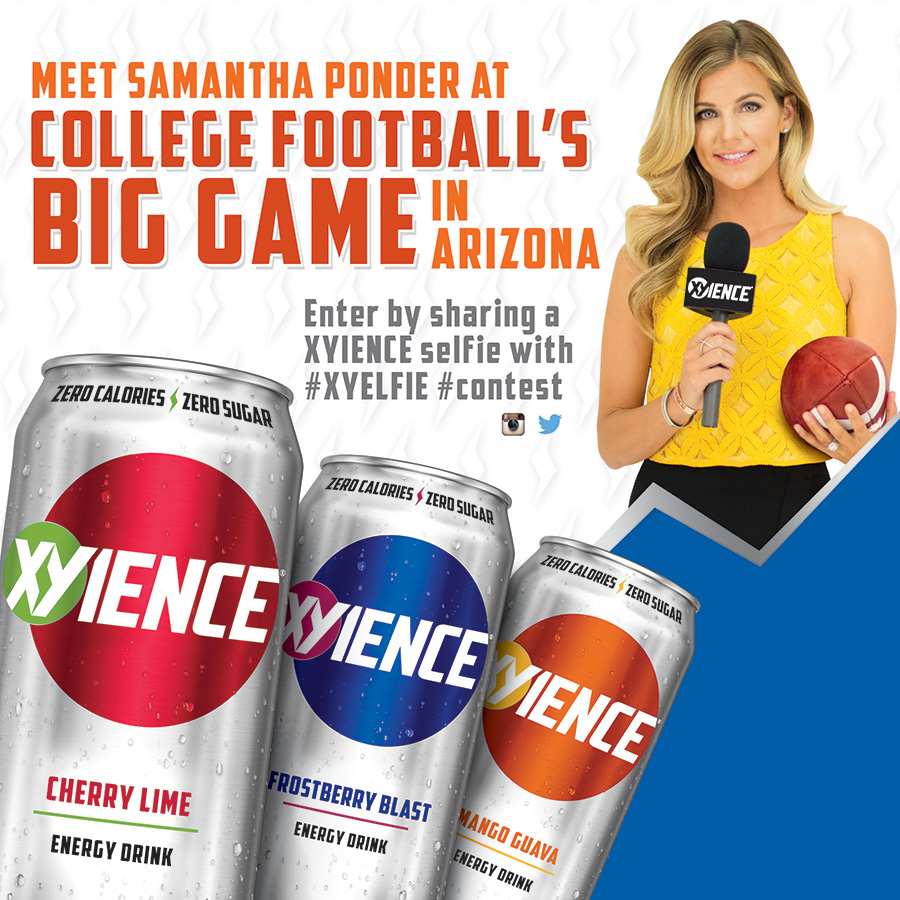

In fact, one of the company’s signature products generated over $ 3.2 billion in 2021, coming second to Red Bull. Despite the hiccups, the brand continues to flourish with an estimated market value of around $46 billion.

From threats towards an actor who tweeted grasping a Monster can, threats against review sites to a beer company using the name ‘Monster’, the list goes on and on. In return, Monster received Coca-Cola’s energy drinks and pushed them into the market.ĭown the line, Monster has been a huge trademark bully over frivolous disputes. Coca-Cola promoted Monster’s non-energy drinks like Peace Tea and Hubert’s Lemonade as part of the agreement. Since then, Monster has been on a steady rise, especially in 2015 when they partnered with Coca Cola which acquired a 16% equity share of the brand. Shortly, shareholders changed the name to Monster Beverage Corporation in 2012 and approved a boost of authorized stock shares from 120 million to 240 million. Then, in 1999, they shifted to a new manufacturing plant in Corona, California. Luckily, California Co Packers Corporation saved the day by acquiring the brand and renaming Hansen Natural Company. Unfortunately, they would face several financial challenges that prompted them to file for insolvency. Later on, the company would expand to Hansen’s Juices and then to The Fresh Juice Company of California. Back then, Hubert and his three sons sold juice to film retailers and studios in Southern California. Previously known as Hansen’s juice and Soda Company, Monster first opened shop in 1935.

No one knew that a company that filed for bankruptcy in 1988 would hit the ground running later and become one of the world’s most successful beverage companies. Other exclusions include indirect competitors like Pepsi and Coca-Cola.īrace yourself as we take you on a knowledgeable ride into Red Bull’s top eight competitors.ġ. This analysis concentrates on Red Bull’s main energy drink competitors worldwide without touching on sports-related events. We consider recent statistics on revenue generated, brand presence, manufacturing power, number of personnel, and anything else related. The methodology used to rank Red Bull’s main competitors relies on information from reliable sources. That’s a 5.9% increase from sales made in 2019. Part of Red Bull’s continuous success is grounded in the popularity of its brand. In 2020, Red Bull sold over 7.9 million cans worldwide. The emphasis on the brand has certainly translated into big business. Its popularity is underlined by the fact that Red Bull is followed by 16 million people on Instagram, far and beyond anyone else in the industry. These days, the firm is hierarchically separated into a ‘beverage’ and a ‘brand’ division. It also owns a variety of teams, most prominently its Formula 1 racing team as well as RB Leipzig and Red Bull Salzburg. Red Bull sponsors dozens of extreme sports events, oftentimes allowing athletes to pursue their passion on a full-time basis. Red Bull boasts of its presence in 171 countries worldwide and employs over 120 000 workers. Currently, the brand value stands at approximately $17.1 billion, making it one of the biggest in Austria. The fortune-making company runs as Red Bull GmbH with headquarters in Salzburg, Austria. Unknown to most people, Red Bull energy drink is a healthy combination of taurine, Alpine water, caffeine, sugars, Vitamin B, and permitted sugars. Together with Yoovidhya, they co-founded the little-known idea, which later ballooned into some of the most successful ventures on April 1, 1987. He then set on tweaking the initial formula to international standards before introducing it in the market. The purpose of the drink was to keep construction and transport workers alert through their heavy shifts.Įcstatic with the beverage’s quick relief on his disturbing jetlag, Mateschitz requested Yoovidhya to allow him to launch a sister company in Austria. So it was love at first taste when Dietrich Mateschitz, a business magnet from Austria, sampled the popular Thai beverage invented by a Thai entrepreneur Chaleo Yoovidhya in 1976. Red Bull, a brand known for stimulating drinks, traces its roots to a local Thai drink, Krating Daeng.


 0 kommentar(er)
0 kommentar(er)
